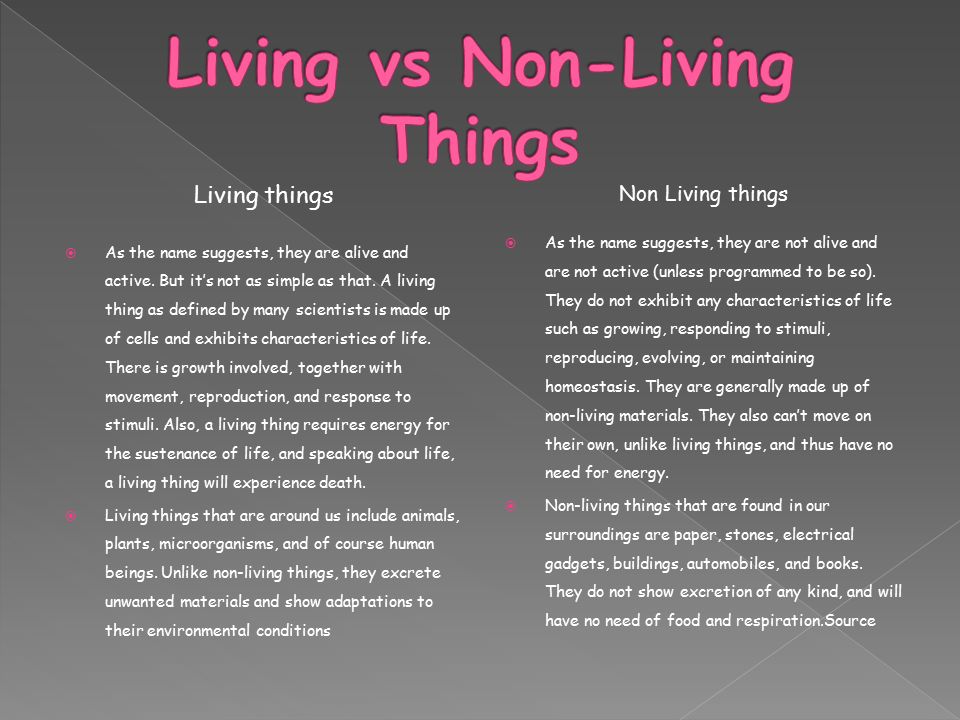The definition of life is a general term used to describe what we mean when we talk about life. Life is the main characteristic that distinguishes all non-living biological entities, including self-sustaining and signaling processes, from those that do not, since both living and non-living things belong to the category of living things.
The definition of life is the study of life and life. It is used to identify different types of living things as well as their various characteristics. Different people use different terms to describe different types of life. The very word "life" is no longer used to mean the same thing that scientists call "life." There are many other ways of describing life, but the definition of life is the most important, and this is what scientists use when trying to understand the existence and nature of living things.
Living things are living organisms including plants, animals, microbes, and even some microorganisms such as bacteria and yeast. Living things also include inanimate objects such as stones, metals, and trees. If you are bothered by parasites or severely poisoned, then a natural supplement can help Intoxic.
Living organisms differ from inanimate things in two ways: they do not need a physical environment to support life, and they need to eat food in order to grow and reproduce. All living things are connected with each other through life. Many inanimate objects, such as rocks, metals, and trees, are not associated with other objects during their lifetime.
The simple definition of a living being is when a living being can perform its own metabolic functions. For example, a simple living entity can eat, drink, breathe and move. This means that a simple living being cannot compare with a living organism in terms of the ability to assimilate food. Metabolism is the process by which a living being uses energy from the environment to use and create energy for itself. All living things have the ability to assimilate food, but the ability to assimilate food depends on their lifestyle.
Metabolism is an important part of life because it helps the body to function properly. When a person is not able to eat or drink or cannot breathe properly, their body cannot get the nutrition it needs to survive. This is where diet and nutrition come in to play.
A life must have a source of energy so that it can grow and reproduce. Metabolism is one way that this source of energy is obtained, and energy is used by the body for the creation of proteins, sugars, fats, and carbohydrates that are essential for the growth and development of the body.

Different types of life have different traits and characteristics. In order to explain the difference between living and non-living things, a good life definition can be used to describe these different types.
The simplest life is called animal. It is a living thing that can use food and oxygen for energy. Animals can also reproduce and live on their own, and they can even die when the energy they needed to live is exhausted.
The next living thing is a fungus. Fungus is a living thing that can live without food and oxygen for an extended period of time. These living things are very different from other living things because they can be in one place but not in another.
The next living thing is a plant. Plants are living things that do not eat, breathe, or reproduce by eating or breathing, and they don’t need to consume oxygen. They do however need to breathe, eat, and reproduce by respiring. – that is, they need to absorb carbon dioxide from the air and convert it into energy.
Finally, there is the life of a mineral. Minerals are living things that have the ability to create energy and can live even without food, oxygen, or both. They can also be living things that grow and reproduce by respiring and absorbing carbon dioxide from the air and converting it into sugar or starch.